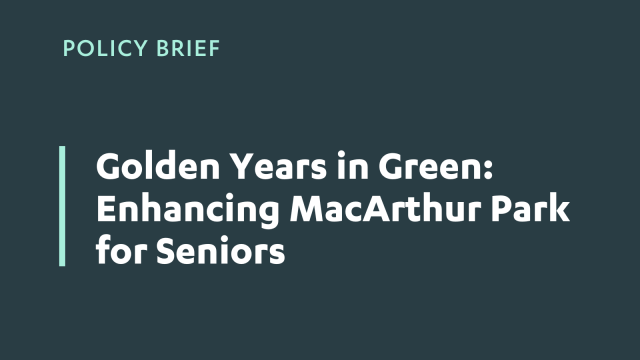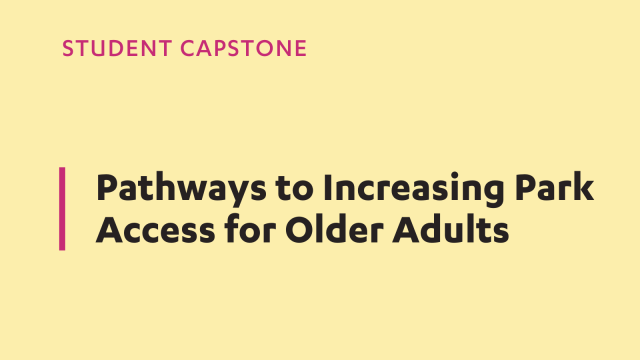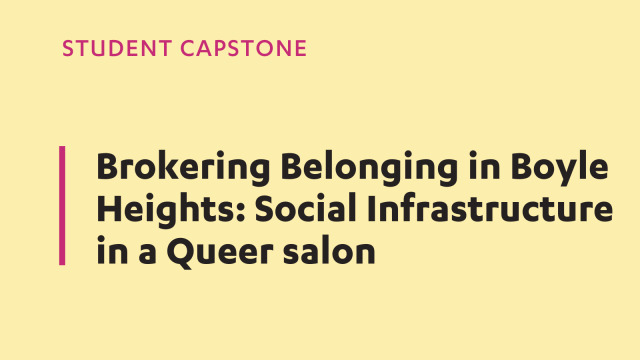Advancing Shade Equity for Unincorporated South Los Angeles Communities
The cooling and environmental benefits of an urban tree canopy are well-documented, but its full and balanced integration into urban infrastructure, and specifically so for climate vulnerable communities, has not always been achieved. This capstone project is prepared for the Office of Supervisor Holly J. Mitchell, and seeks to better understand and respond to challenges of urban tree canopy implementation and management. The guiding research questions are: (1) What existing programs and design standards in other major urban U.S. cities increase, maintain, and preserve urban tree canopy for climate vulnerable communities? (2) How can urban forest strategies also balance existing infrastructure needs? and (3) What best practices could be applied to unincorporated South L.A. for increased shade equity? This project drew on recent and relevant literature, scanned existing data on LA’s urban forestry practices, and studied eleven different US cities’ tree and/or built environment policies to summarize key lessons and develop preliminary recommendations using a socio-ecological model to comprehensively target multiple levels of intervention. Best practices were sorted into programming-based, policy-based, or design-based solutions, and the most relevant recommendations were categorized at the individual, interpersonal, institutional, community, and structural levels. Some examples include: offering rebates for lower-income residents wanting to plant and maintain a parkway tree, providing workforce development training to diversify urban forestry, creating sidewalk design guidelines that balance mobility and tree health, and preventing green gentrification.



